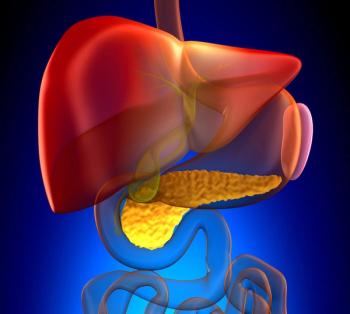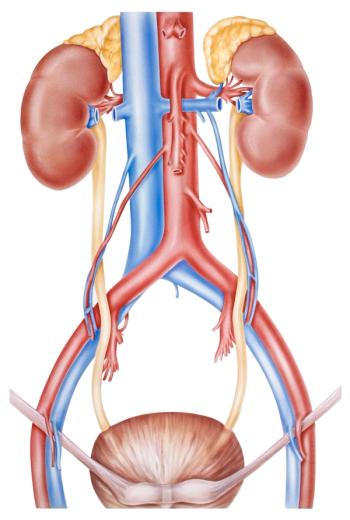
Oncology NEWS International
- Oncology NEWS International Vol 15 No 2
- Volume 15
- Issue 2
Gene Expression Signatures Find Best Tumor/Drug Match
Researchers have developed a new approach to drug discovery that takes advantage of the gene expression signatures of tumors to generate potential drug matches. A proof-of-principle of this technique revealed a potential new combination therapy for children with acute lymphocytic leukemia (ALL).
ATLANTA-Researchers have developed a new approach to drug discovery that takes advantage of the gene expression signatures of tumors to generate potential drug matches. A proof-of-principle of this technique revealed a potential new combination therapy for children with acute lymphocytic leukemia (ALL). Scott A. Armstrong, MD, PhD, of Children's Hospital, Boston, presented the findings at the American Society of Hematology meeting (abstract 108).
Using microarray technology, Dr. Armstrong and his colleagues analyzed the gene expression patterns of tumor cells treated with individual drugs and compared how gene activity changed due to the in vitro drug treatment. "Matching drug sensitivity signatures with tumor signatures could provide a way to rapidly screen through large numbers of drugs on the computer," he said.
To test this theory, investigators first developed a resistance signature of childhood ALL by analyzing patients whose tumors were either sensitive (n = 15) or resistant (n = 15) to in vitro prednisone. Patients with glucocorticoid-resistant blasts are known to have a poor outcome, compared to patients with glucocorticoid-sensitive blasts, making this a clinically relevant inquiry.
After obtaining the signatures, investigators queried a database of drug treatment signatures, which currently contains profiles associated with about 300 drugs, to find which drug produced a signature closest to the glucocorticoid sensitivity/resistance signature.
The closest match was rapamycin, an agent previously used to inhibit solid organ graft rejection. "Rapamycin specifically targets and turns off MCL-1, a core anti-apop-totic protein," Dr. Armstrong said. "Gene expression data found that MCL-1 was more highly expressed in glucocorticoid-resistant samples than in glucocorticoid-sensitive samples."
Using several different in vitro techniques, the investigators then observed that rapamycin increased the sensitivity of various cell lines to glucocorticoid treatment. This activity is thought to be related to the inhibitory action of MCL-1 on the pro-apoptotic molecule BIM. By decreasing MCL-1 expression, rapamycin allows BIM to induce the apoptosis initiated by glucocorticoid treatment. Interestingly, not all anti-apoptotic molecules were involved in glucocorticoid resistance, Dr. Armstrong said.
A collaborative effort with the Broad Institute, Cambridge, Mass, is currently underway to take all FDA-approved drugs, use them to treat three to four different cancer cell lines, and obtain gene expression signatures associated with each drug. The signatures would then be entered into a publicly available database so that anyone with a gene expression signature of a disease or drug-resistant sample could access the database.
Articles in this issue
almost 20 years ago
Cancer Genome Atlas Launched With $100 Million Pilotalmost 20 years ago
Immunochemical FOBT Confirms Positive Guaiac FOBTalmost 20 years ago
TLK286 Effective, Well Tolerated in NSCLC, Early Clinical Trials Showalmost 20 years ago
No Added Benefit of RT Hyperfractionation for LABC Ptsalmost 20 years ago
Dr. Slamon Describes Past, Present, Future of Targeted Rxalmost 20 years ago
Anti-TGF-β Reduces RT-Induced Lung Injury in Animalsalmost 20 years ago
Desensitization Protocol Allows Chemo Administrationalmost 20 years ago
Dasatinib Proves Effective in Resistant CMLalmost 20 years ago
Rituximab Plus GM-CSF Active in CLL Patients, Including Elderly UntreatedNewsletter
Stay up to date on recent advances in the multidisciplinary approach to cancer.















































































